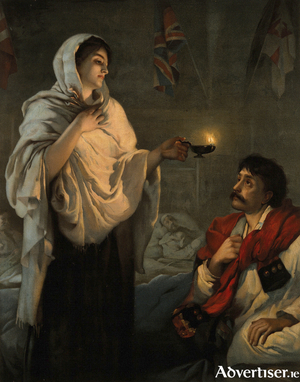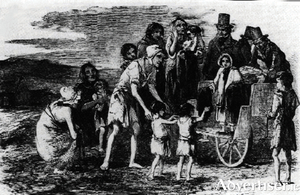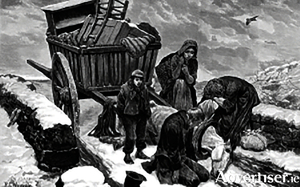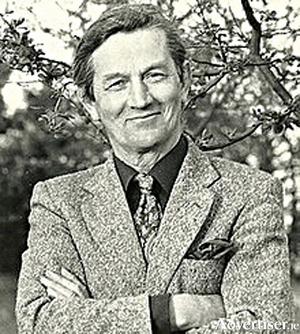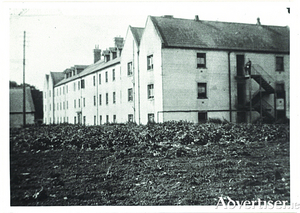Search Results for 'James P Murray'
10 results found.
March 1875 - Smallpox in Athenry
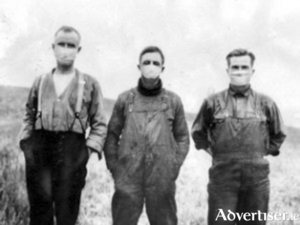
On March 2 1875, the medical officer of the Athenry Dispensary District, Dr WJ Leonard, wrote an urgent letter to the Local Government Board (LGB) in Dublin, regretting to report a ‘very bad case of smallpox’ which had come into his district the previous day. He briefly described how it was discovered:
‘Spanish Flu’ ended summer 1919, but a more virulent epidemic remained
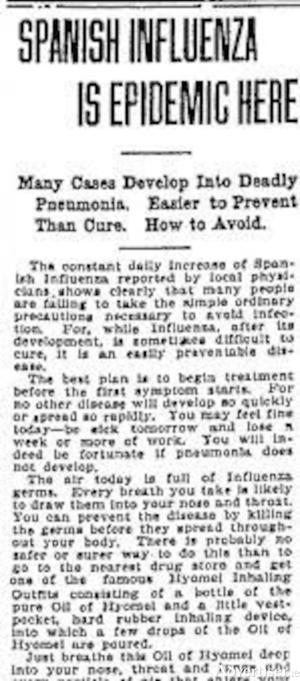
The so-called ‘Spanish Flu’ of 1918/19 came in three phases, leading to the false hope that as each phase appeared to be on the wane, it only returned with a vengeance, creating misery and fear throughout the country.
The knights ride to the rescue
I have written before about the woeful lack of ambulances that serviced the old Central Hospital, especially in the 1930s. That shortage became acute during the war. Because of the severe rationing of petrol, and the unavailability of spare parts, for a long period only two ambulances were available for the whole county. As they were frequently on the road simultaneously there was no reserve vehicle to answer any emergency.
TB epidemic - getting the message across
It is no coincidence that the Regional (now the University College) Hospital and Merlin Park opened almost simultaneously in the mid 1950s. The Old Central Hospital, which had opened in 1922, became unfit for purpose, mainly due to overcrowding, and the difficulty accommodating long stay tuberculosis patients. Tuberculosis, or TB, was, in the early decades of the 20th century, at epidemic proporations. The same year that the Central Hospital opened, the same year as the foundation of our State, there were 4,614 deaths from TB; 611 were children under 15 years.
Health services struggle during war years
From the mid 1930s to the mid 1950s Galway medical services were on the verge of collapse. The situation at the Central Hospital was particularly chaotic. By 1933 the hospital had a nominal 317 acute beds but overcrowding soon became a permanent feature of the general and medical wards. In March 1938 the number of patients exceeded the beds by 10, with 251 in general wards, 52 in the fever, and 24 in maternity. It was common practice to accommodate patients on mattresses laid out between the beds.
